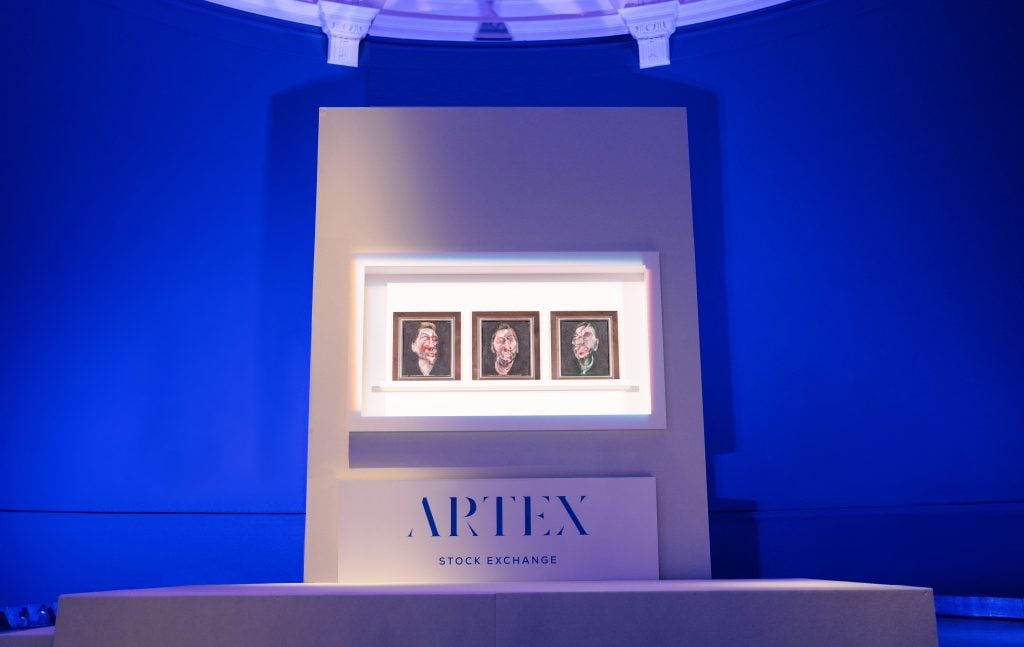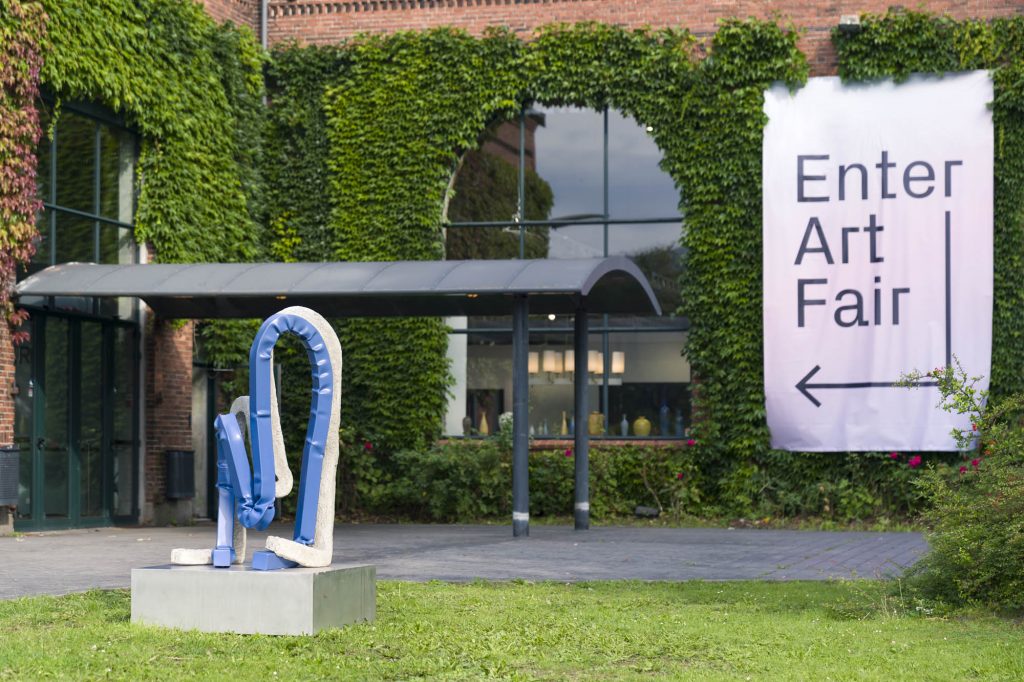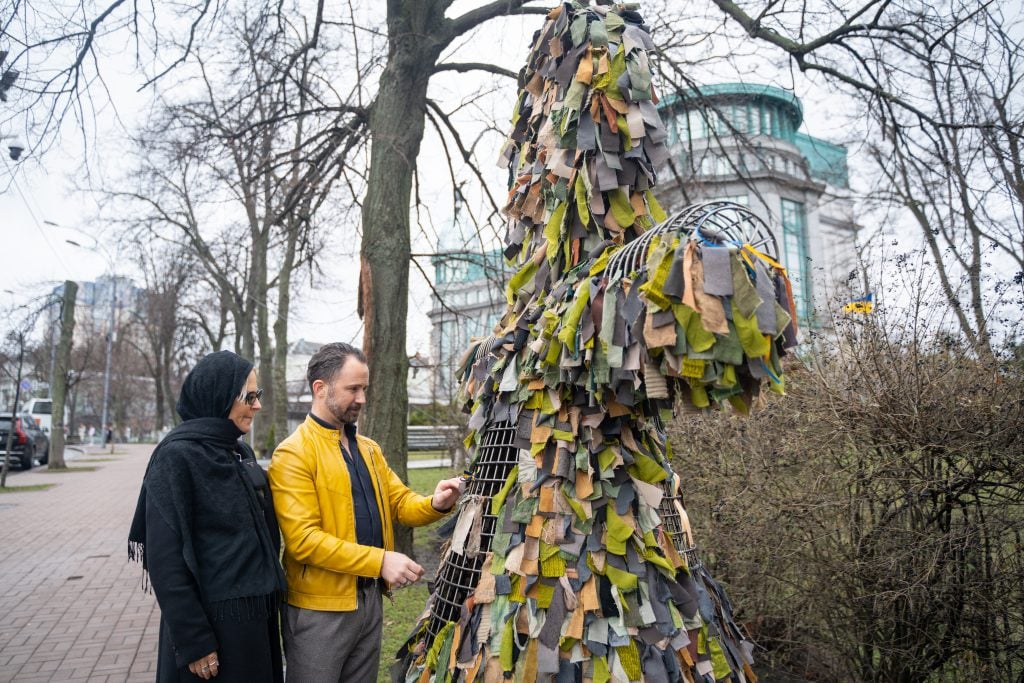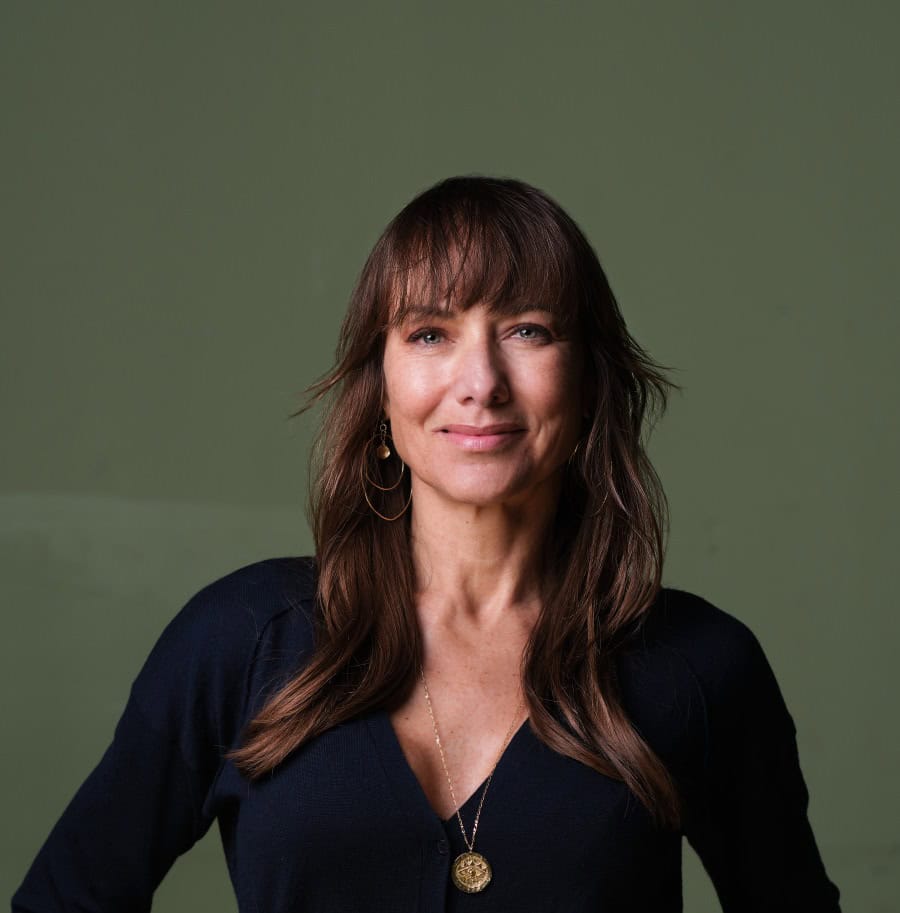“The art world consists in one half of pressure and in the second half of disappointments. I personally prefer the pressure half”
We met with the gallerist and owner of the Dawid Radziszewski Gallery during the opening weekend of ‘Friend of a Friend’, gallery-share program in Warsaw inspired by Condo.

- Name: Dawid Radziszewski
- Location: Warsaw, Poland
- Background: Art historian, independent curator and the former owner of independent art space Pies (Dog) in Poznań, Poland.
- Program of the gallery: In addition to shows featuring represented Polish artists — the program of the gallery consists of historical exhibitions intent on rediscovering interesting artists and phenomena from the history of Polish art, as well as international exhibitions featuring the work of artists such as David Horowitz and Serban Savu. The gallery is located in Warsaw’s famous Corbusieresque residential complex, ascribed the name: “Behind the Iron Gate.”
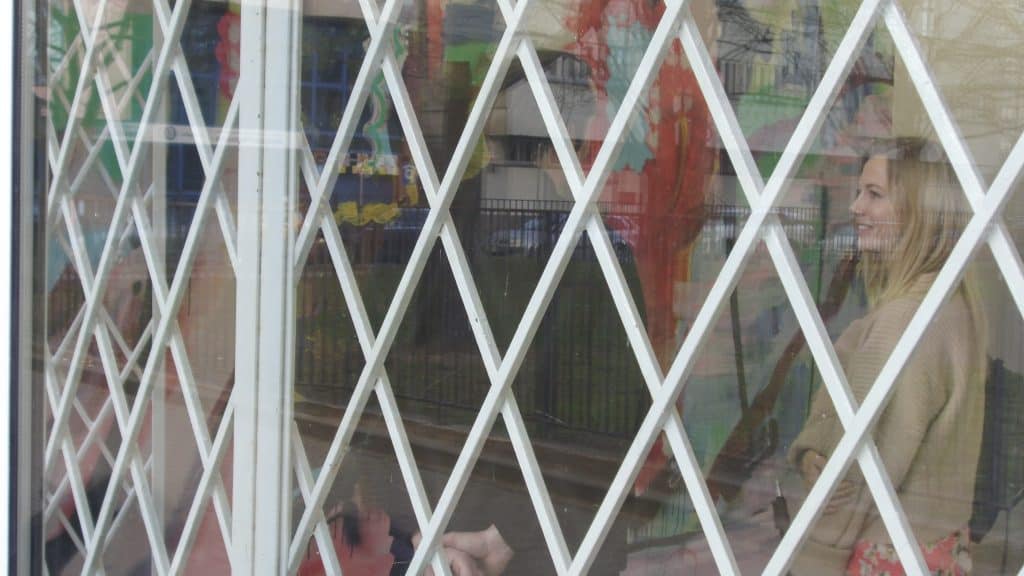
How did your personal journey with art start?
My professional relation with art started with the first exhibition I made, which took place at an old empty railway station in my hometown. I clearly remember how the somewhat dusty, urinal scent of the Polish railway stations built in the 60s interfered with the smell of cooking oil from the diner below. Back then I was nineteen, skinny and unkind. Two years after I opened a gallery in Poznań, called ‘Pies’, meaning Dog in English. It was a shabby place with a specific melancholic atmosphere, before the II World War it was an artist’s studio. After few years of annoyance and dirt I decided it was time to capitalise it all. I opened Dawid Radziszewski Gallery, which is called after my name and does not vary a lot from galleries of my friends from abroad.
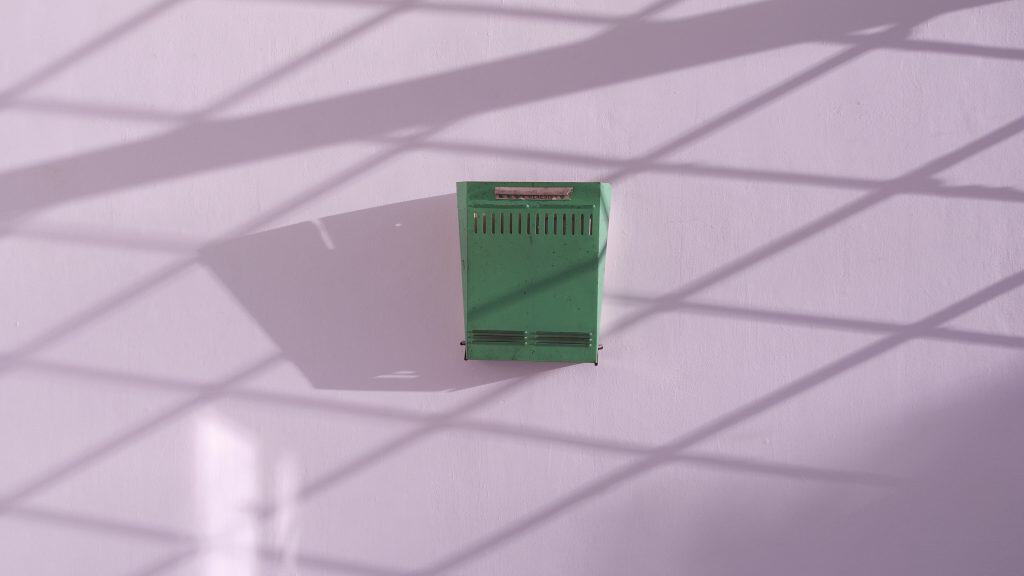
What are the biggest challenges and advantages of running a gallery today?
It’s all about being very rich, that’s the biggest challenge today, and it’s getting harder to become very rich in this business. Overall it’s a good and interesting job being a gallerist. I could have stayed at the university and taught art history, but I am glad I did not. All the alternative and worse scenarios of my life motivate me to move forward and overall I am very happy for what I have today.
What are the valuable aspects of taking part in art fairs from a gallery perspective?
Art fairs have three aspects; selling, promoting artists, and confirming the position of a gallery. Last year I attended five art fairs: Art Basel in Basel, Art-o-rama in Marseille, Not Fair in Warsaw, Nada Miami, Paris Internationale as well as the online Dream Fair. Earlier, we have participated in Liste, Frieze London, ABC Berlin and an art fair in Vienna. In general, the whole art world is structured to make attendance at art fairs inevitable. Events similar to Condo are trying to create an alternative to that, and the general idea is to have similar promotion of the artists, but for far less money. Of course, the sales are not comparable to those at fairs, but it’s compensated by lower costs. Overall, nothing will completely replace art fairs and galleries that want to be relevant, need to be present at them.

How do you perceive the differences between the Condo Complex inspired project, Friend of a Friend opening this weekend in Warsaw and a traditional, brick-and-mortar art fair?
The formula of FOAF is a long-awaited alternative for art fairs. My friends, who are organising it now, are aware that it will be a serious alternative only if it becomes professionalized. This is of course a paradox, because the concept is assuming an enjoyable event without tension and competition. Although in general, the art world consists in one half of pressure and in the second half of disappointments. I personally prefer the pressure half.
What value do you see in the exhibition you created in collaboration with Lucas Hirsch Gallery from Düsseldorf for the Friend of a Friend project in Warsaw? What message is there conveyed for the audience?
Lucas Hirsch is a great, ambitious gallery. Lucas is a great person, he knows and likes my gallery, which actually always surprises me, if the person is not part of my family or family of the artists I represent. I’m not sure if we have a direct message conveyed in the exhibition, we were focused on making a valuable exhibit and showcase great pieces of art.
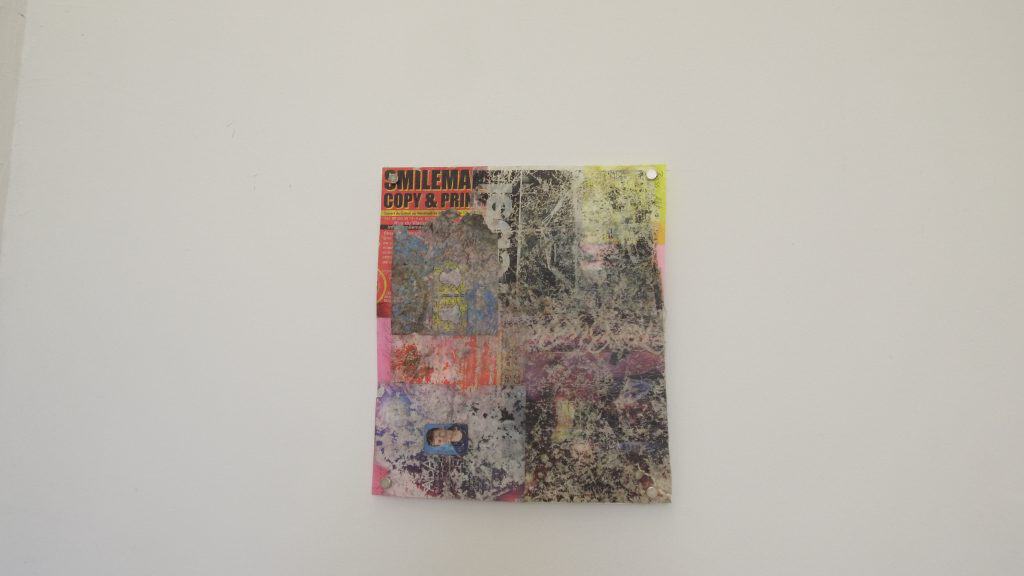
Which unique values do you think characterise the contemporary Polish art scene?
I think what is unique from the industry perspective is that most of us are either art historians or have graduated from culture studies. It’s quite different than abroad, where gallerists often have very diverse professional backgrounds. Therefore, we care about saying something meaningful about art, nevertheless undoubtedly the question is if we’re successful in it. Polish art history is strong enough to often be a point of reference for Polish artists, but at the same time it never played an important role in the world art history. On one hand it’s kind of a burden, on the other it certainly makes us unique.
Looking at the big picture, what value is art offering the society in the modern world in your opinion?
If art is merging with the daily life, either as inspiration for fashion, cinematography or other areas, I tend to dislike it. I don’t think that art has something to offer to the society, however it has a lot to offer for an individual, of whom the society consists.
Could you name 3 emerging Polish artists to keep a close eye on?
It’s worth to keep an eye on the recently established Polish galleries, which are very interesting; Rodriguez and High Gallery in Poznań, Potencja in Cracow and Wschód in Warsaw.
Your top 3 art destinations in the world?
1. Ubek Kebab, Wettsteinplatz 4, Basel – 2. Pristina – 3. Palais de Tokyo

